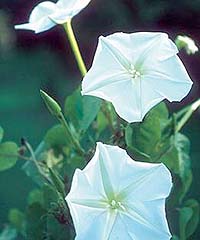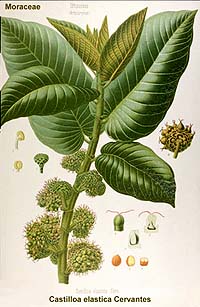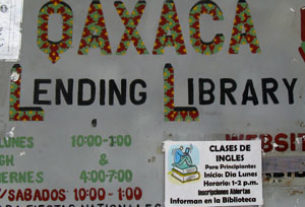Did You Know…?
Rubber balls wouldn’t bounce very high if it wasn’t for some Mexican ingenuity.
That’s right! They wouldn’t! And just think of the hours of pleasure that a simple rubber ball gave you as a child. Would you have had as much fun if it hadn’t had a good bounce? I don’t think so…
It has long been known that the pre-Columbian peoples of Mexico had rubber objects, including balls. The basic ingredient is the sap or latex of the native Panama Rubber Tree (Castilla elastica).
A few years ago, Dorothy Hosler, an associate professor of archeology and ancient technology at the Massachusetts Institute of Technology, and two of her colleagues, chemist Sandra Burkett and undergraduate student Michael Tarkanian, realized that unprocessed pure latex is sticky and becomes brittle when dry. Put simply, balls made of pure latex don’t bounce, but shatter.
They then set out to tackle the mystery of what makes rubber balls bounce. In a landmark paper entitled, “Prehistoric Polymers: Rubber Processing in Ancient Mesoamerica,” published in the June 18, 1999, issue of Science, they revealed how a little Mexican ingenuity turned sticky, brittle latex into a stretchy elastic. Put simply, they revealed what made rubber balls bounce.

The morning glory
Ipomoea alba, the tropical white-flowering morning glory (moonflower or moon vine) is a perennial in its natural habitat. Individual flowers actually open in late afternoon and last only until the following morning’s light transforms them into a shriveled mass. Each flower is an impressive fluted funnel, up to 15 centimeters in diameter, looking like it’s made of alabaster. Add a delightful fragrance to perfume warm summer nights, and there you have the moonflower!
Add morning glory to latex…
The magic ingredient is a little sap from the Morning Glory (Moonflower) vine! The addition of sap to latex begins complex chemical changes that provide a much improved material for tools, figurines and medicines, in a process akin to vulcanization, invented three thousand years later by Charles Goodrich. The addition of Morning Glory (Ipomoea alba) sap to otherwise brittle rubber also resulted in balls suitable for the development of Mexico’s ancient sport of Ulama.

How did Hosler’s team arrive at this startling conclusion? Based on documentary sources and ethnographic research that suggested Indians mixed natural latex with the juice of the morning glory vine, a plant prized for its curing properties, they crushed some Morning Glory vines and squeezed the juice into a bucket containing the latex. After 15 minutes stirring, the liquid latex solidifies into a white mass. The mass is pliable enough to be formed by hand into a ball. The researchers made one about 3.7 inches (9.5 cm) in diameter and, lo and behold, it bounced! When they used nuclear magnetic resonance scans to examine rubber balls dating from 1600 B.C. that had been found in Veracruz and Chiapas, they were able to conclude that these had been made in a similar way.
Is it really surprising that pre-Columbian Indians discovered this chemical trick thousands of years ago? Well, perhaps not as surprising as you may think, since any good tropical botanist will tell you that the two plants, Castilla elastica and Ipomoea alba are often found in close proximity. In fact, the Morning Glory vine often twines itself around the rubber tree, making it quite likely that a careless rubber tapper accidentally contaminated the latex he collected with a little (crushed) Morning Glory vine: an accident that turned out to have incredibly serendipitous results.
Whatever happened all those thousands of years ago, the mystery of why rubber balls bounce seems to have finally been solved…
This article is the basis for Chapter 5 in the author’s Mexican Kaleidoscope: myths, mysteries and mystique (Sombrero Books, 2016).
Copyright 2002 by Tony Burton. All rights reserved.
Published or Updated on: March 14, 2008

